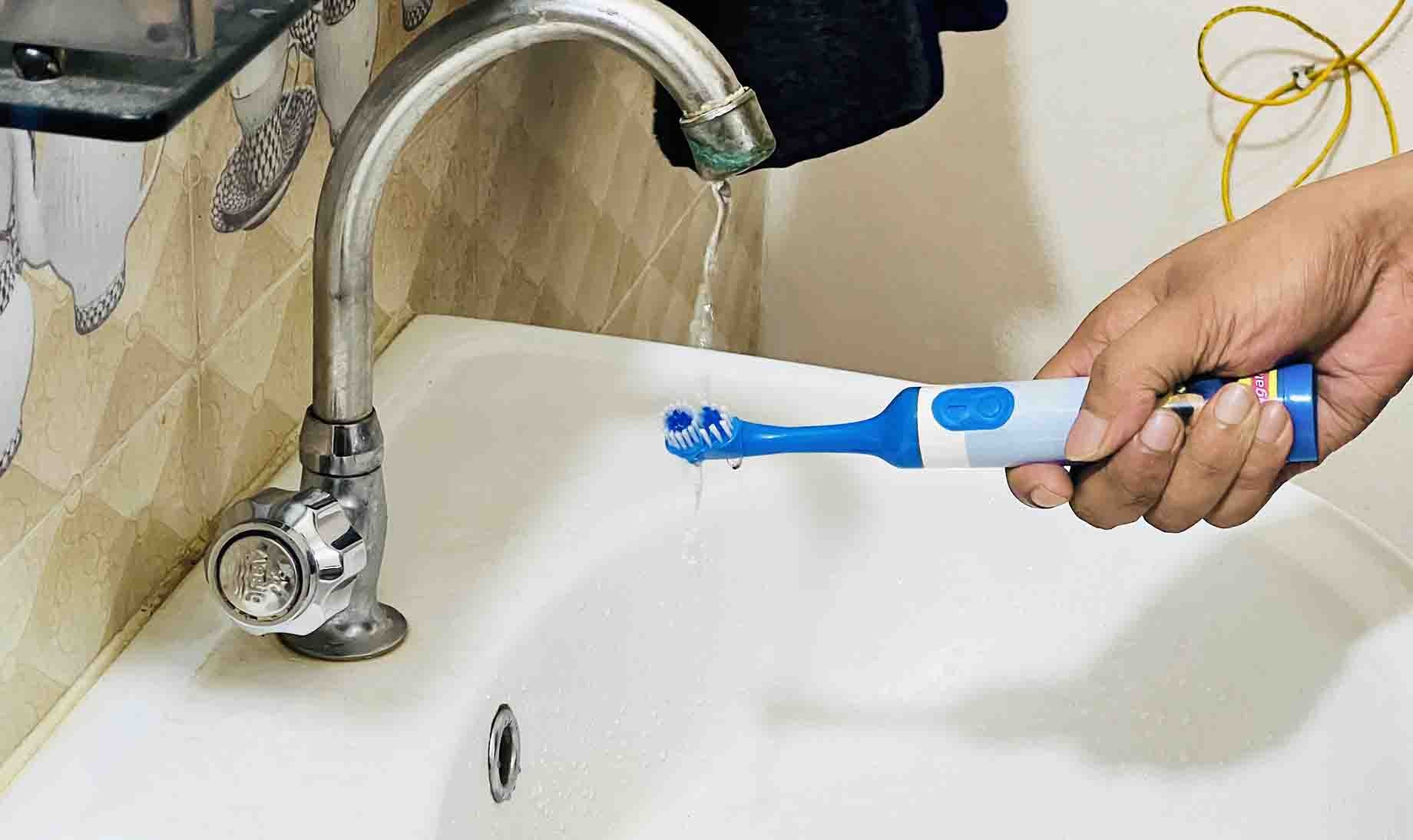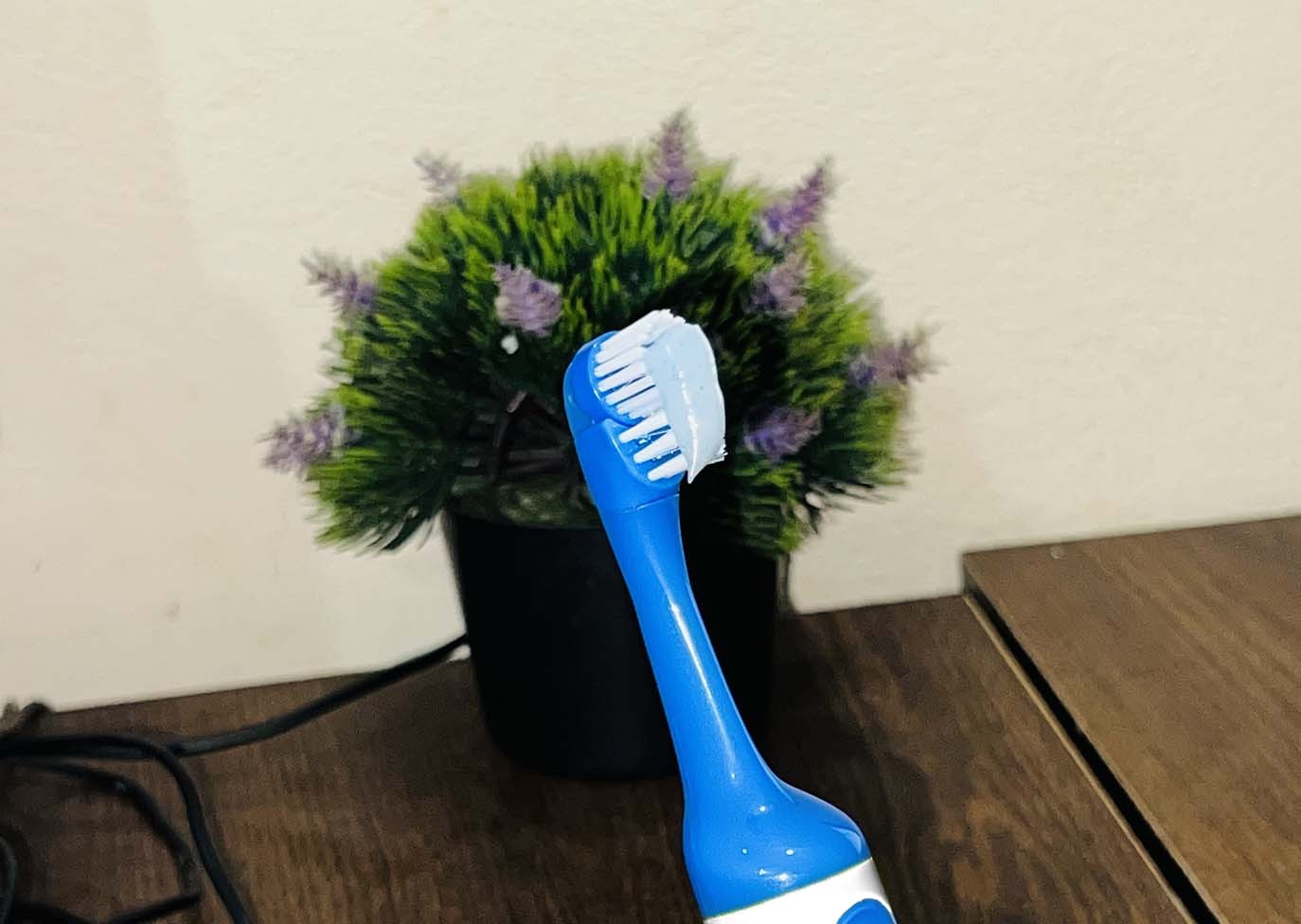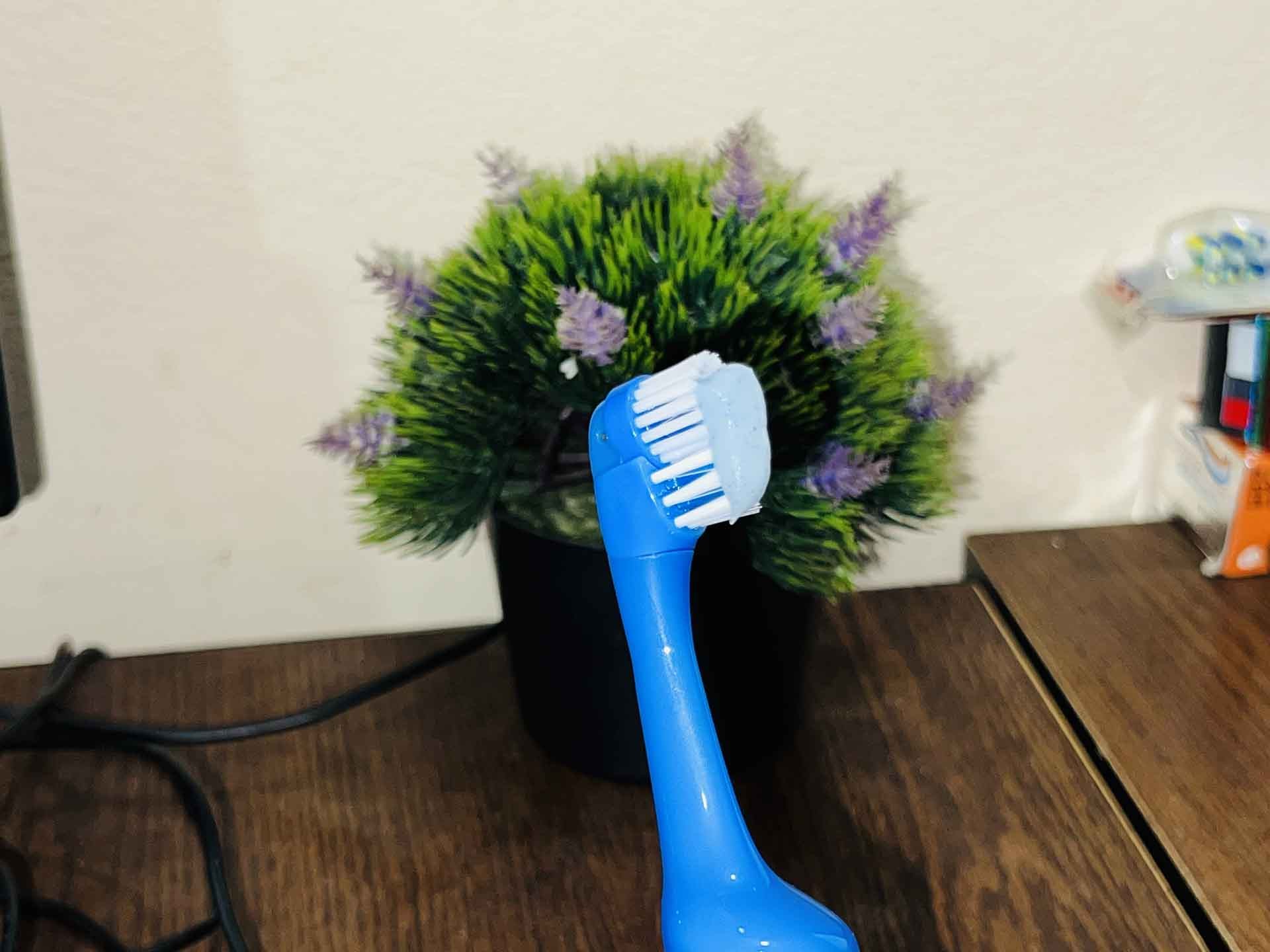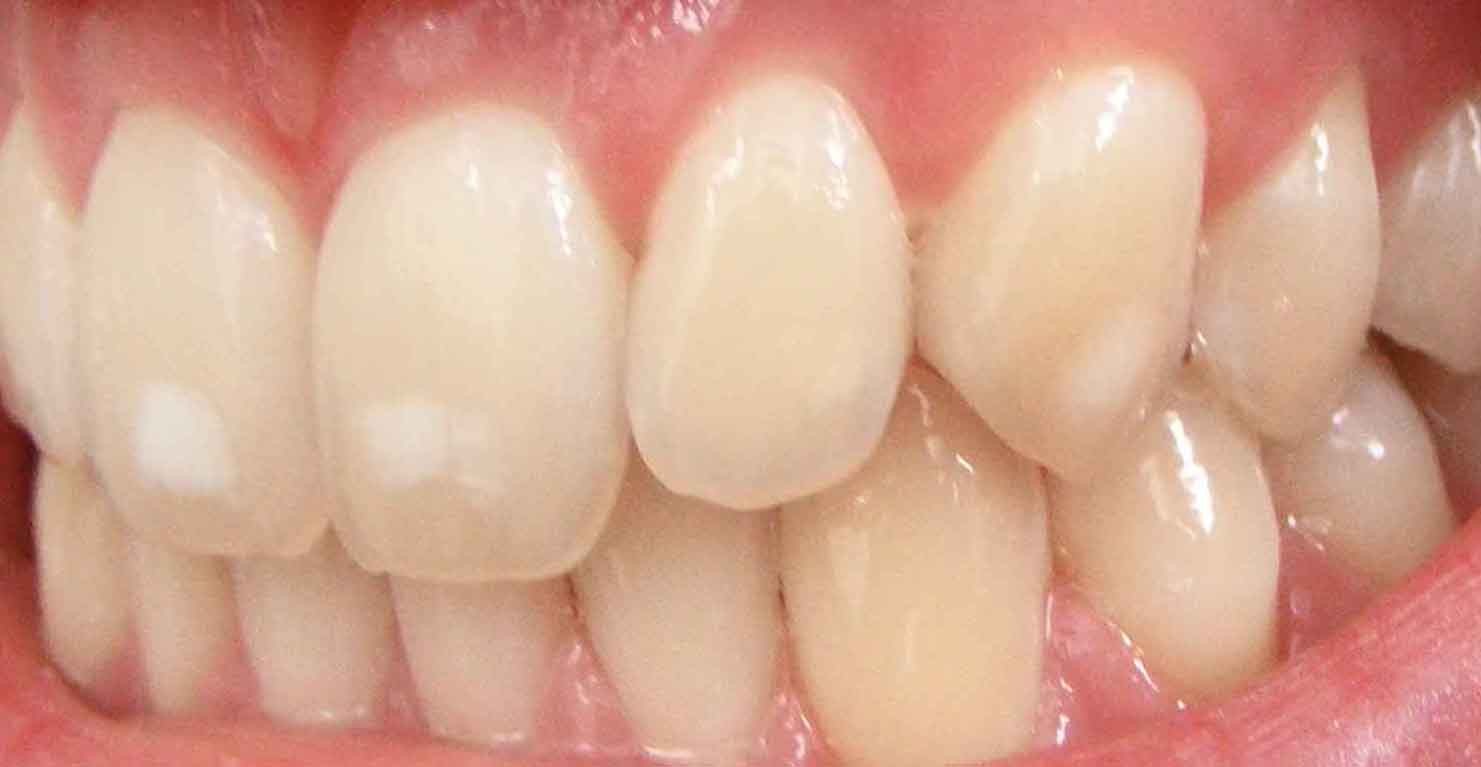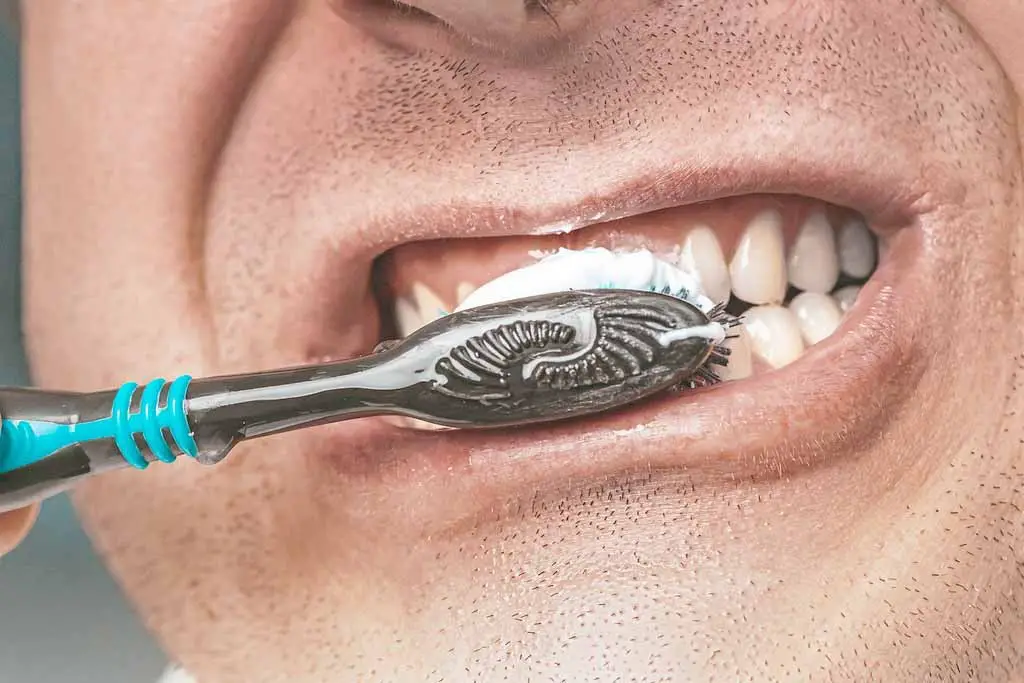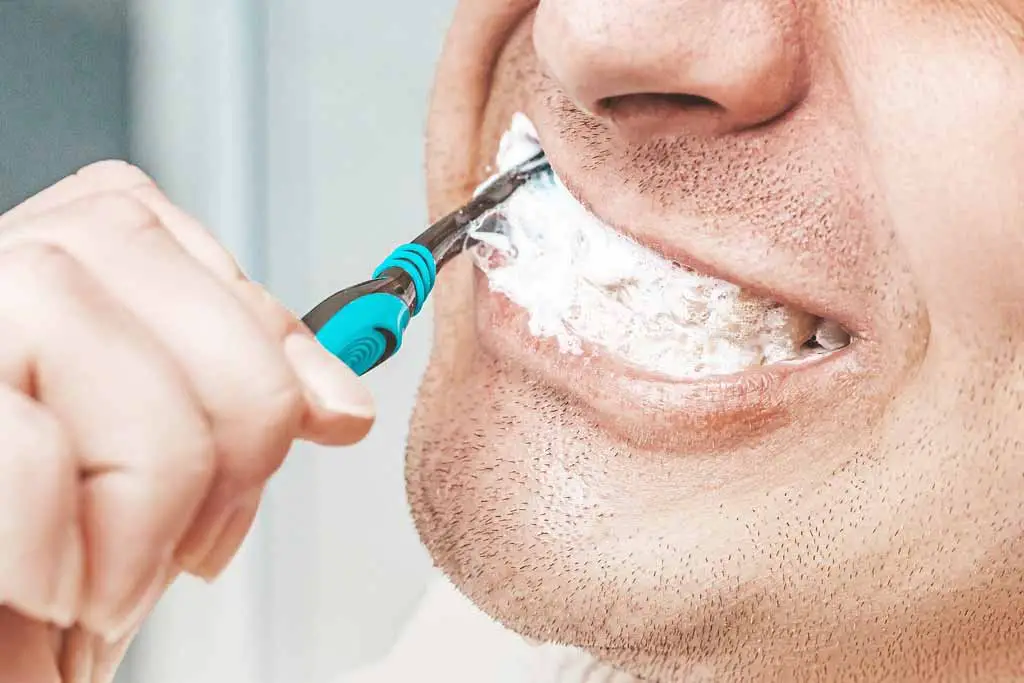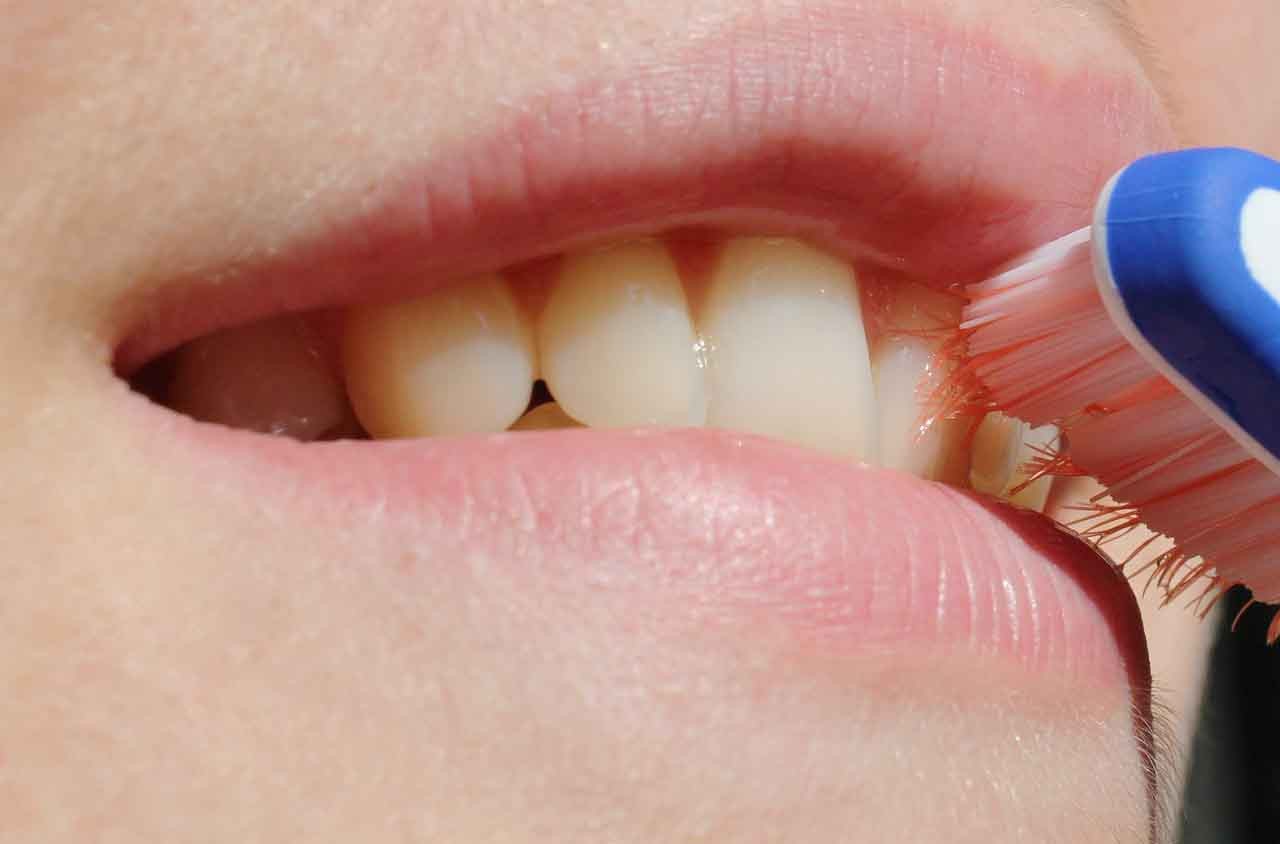For years, dental enthusiasts have debated whether it’s better to wet your toothbrush before or after applying toothpaste. Some argue that soaking the bristles before use helps soften them and remove dirt and plaque.
In contrast, others believe wetting the toothbrush after applying toothpaste ensures that the paste effectively adheres to the bristles and doesn’t simply roll off. Some people even avoid wetting their toothbrush altogether to eliminate the need for additional steps between applying toothpaste and brushing.
Benefits Of Wetting Your Toothbrush “Before” Applying Toothpaste
We all know the importance of brushing our teeth twice a day to maintain good oral hygiene. But have you ever considered the benefits of wetting your toothbrush before applying toothpaste? The following are the various advantages of wetting your toothbrush before applying toothpaste:
Soften The Bristles And Make Them Gentler On Your Gums And Enamel
One of the main benefits of wetting your toothbrush before applying toothpaste is that it helps to soften the bristles. When the bristles are wet, they become more pliable, making them gentler on your gums and enamel.
This is especially beneficial for individuals with sensitive teeth or gums, as it reduces the risk of irritation or damage during brushing. By wetting your toothbrush, you can ensure a comfortable and effective cleaning experience every time.
Rinse Off Any Debris Or Bacteria That May Be On Your Toothbrush
Another advantage of wetting your toothbrush before applying toothpaste is that it helps to rinse off any debris or bacteria that may be present on the bristles. Your toothbrush can accumulate particles throughout the day, including food debris and bacteria.
Wetting the bristles before brushing can effectively remove these substances and ensure a clean and hygienic brushing session. This can contribute to better oral health and reduce the risk of oral infections or bad breath caused by bacteria buildup.
Helps With Toothpaste Application
Wetting your toothbrush before applying toothpaste can also assist in the proper application of toothpaste. When the bristles are damp, they provide a better surface for the toothpaste to adhere to.
This allows for more effective distribution of the toothpaste across your teeth and gums, ensuring that all areas receive the necessary cleaning and protection. By wetting your toothbrush, you can optimize the benefits of your toothpaste and maximize its effectiveness.
Help The Toothpaste Dissolve And Spread More Easily On Your Teeth
In addition to aiding in toothpaste application, wetting your toothbrush can also help the toothpaste dissolve and spread more easily on your teeth. When the bristles are wet, they create a moist environment that allows the toothpaste to mix with your saliva and form a consistent paste.
This enables the toothpaste to reach all areas of your mouth and penetrate any hard-to-reach crevices, ensuring a thorough cleaning experience. By wetting your toothbrush, you can enhance the efficacy of your toothpaste and promote better oral health.
Pre-Activation Of Toothpaste
Lastly, wetting your toothbrush before applying toothpaste can be seen as a form of pre-activation. By moistening the bristles, you activate the toothpaste’s ingredients, such as fluoride or enamel-strengthening agents.
This can help to optimize the benefits of the toothpaste and ensure that it performs at its best when it comes into contact with your teeth and gums. By incorporating this simple step into your brushing routine, you can make the most out of your toothpaste and enhance your oral care efforts.
Benefits Of Wetting Your Toothbrush “After” Applying Toothpaste
Now that you know the benefits of wetting your toothbrush before applying toothpaste, let’s talk about the benefits of wetting after applying. Here are the numerous benefits this small act can bring to your dental health:
1. Help The Toothpaste Dissolve And Spread More Easily On Your Teeth
Wetting your toothbrush after applying toothpaste allows the toothpaste to dissolve and spread more evenly across your teeth. This helps to maximize the effectiveness of the toothpaste, ensuring that it reaches every nook and cranny in your mouth.
The toothbrush’s moist bristles help break down the toothpaste, creating a smooth consistency that can easily coat your teeth for a thorough cleaning.
2. Minimize The Bad Effects Of Fluoride If It Is Used In An Inappropriate Quantity
Fluoride is a key ingredient in most toothpaste, known for strengthening tooth enamel and preventing tooth decay. However, using fluoride in excessive quantities can lead to dental fluorosis, a condition characterized by white spots or streaks on the teeth.
By wetting your toothbrush after applying toothpaste, you can help minimize the bad effects of fluoride if it is used inappropriately. The water on the brush dilutes the toothpaste, reducing the concentration of fluoride that comes into contact with your teeth.
3. Ensure The Toothpaste Melts Into Your Toothbrush So It Doesn’t Roll Off
One of the common frustrations while brushing your teeth is the toothpaste rolling off the toothbrush bristles before you can even start brushing. Wetting your toothbrush after applying toothpaste helps to solve this problem.
The moisture on the brush helps the toothpaste adhere to the bristles, ensuring that it doesn’t slide off when you bring it to your mouth. This way, you can make the most out of the toothpaste and avoid wasting any product.
4. Better Creation Of Foam
For many of us, brushing our teeth feels incomplete without the foaming action of toothpaste. Wetting your toothbrush after applying toothpaste can actually enhance the creation of foam.
The water on the brush combines with the toothpaste to produce a rich lather, which gives you a satisfying brushing experience and helps distribute the toothpaste evenly throughout your mouth. The foam acts as a vehicle for the toothpaste, carrying it into hard-to-reach areas and ensuring a more thorough clean.
Benefits Of Not Wetting Your Toothbrush At All
Along with the benefits of toothbrush wetting before or after applying toothpaste, there are also some benefits of not wetting your toothbrush at all. Here are them:
Preserving Toothpaste Effectiveness
Regarding oral hygiene, we all want to ensure that our toothpaste is as effective as possible in keeping our teeth clean and healthy. One belief held by some people is that using dry brushing, which means brushing without water, may help preserve toothpaste’s effectiveness.
The idea behind this is that by not diluting the toothpaste with water, the fluoride and other active ingredients remain more concentrated, making them more effective in fighting against tooth decay and gum disease.
Improving Brushing Technique
Another advantage of using a dry toothbrush is that it can enhance your focus on your brushing technique. When you brush without water, you may feel the bristles of the toothbrush more prominently.
This allows you to control the toothbrush better and apply the right amount of pressure. This increased awareness and control can lead to better plaque removal and more thorough cleaning of your teeth and gums.
Water Conservation
In today’s world, where the conservation of natural resources is becoming increasingly important, not wetting your toothbrush can contribute to water conservation efforts. While it may seem like a small action, you save a small amount of water each time you choose not to wet your toothbrush.
Over time, these savings can add up, especially in areas where water conservation is a priority. By incorporating this simple habit into your daily routine, you can contribute to the larger goal of conserving our precious water resources.
Preference For Less Foam
Some individuals prefer the less foamy texture of undiluted toothpaste. Wetting your toothbrush before applying toothpaste can create more foam, which some people find uncomfortable or unnecessary.
By opting for a dry toothbrush, you can enjoy the texture and consistency of the toothpaste without the excess foam, providing a more pleasant brushing experience tailored to your personal preference.
Expert Opinion: Wetting Your Toothbrush Before Or After Applying Toothpaste
Even medical professionals disagree on whether toothbrushes should be moist or dry. While there is disagreement about whether to wash your teeth for the first time in the morning before or after breakfast, everyone believes you should do it after supper and before you are ready to stop eating.
This makes sense since if food particles are in the mouth overnight, the bacteria buildup will happen much more quickly.
According to the scientific advisor of the British Dental Association, Professor Damien Walmsley, toothpaste is a way to provide fluoride to teeth. Fluoride helps make teeth more resistant to decay.
Fluoride contacts the teeth, and brushing your teeth with a damp toothbrush must probably be more enjoyable. Professor Walmsley advises using fluoride toothpaste to clean teeth twice daily, one of which should be the last thing at night.
On the other hand, Dr. Nigel Carter has a different viewpoint. According to Dr. Carter, the best method is using toothpaste in a pea-sized quantity instead of any water. In his opinion, water weakens the bristles and reduces their cleaning power.
Additionally, he advises brushing for two full minutes each night before bed. Dr. Carter claims that the optimum approach to brushing is to maintain a 45-degree angle with the toothbrush to help remove food particles and germs from the gum line.
FAQs
You already know about wetting your toothbrush before or after applying toothpaste. However, the following questions will aid you regarding the matter:
Is It Preferable To Use A Dry Toothbrush?
Initially, a dry toothbrush is recommended as it is more effective in removing stubborn bacterial plaque than wet brushing. To prepare the toothbrush, you can “relax” stiff bristles by gently rubbing your hand over them.
Why Should You Avoid Moistening The Toothbrush Before Applying Toothpaste?
Moistening the toothbrush before applying toothpaste can dilute it. Toothpaste already contains the correct amount of moisture needed for brushing. When something is moist, it tends to foam up more quickly, leading to quicker rinsing.
Is It Sufficient To Brush With Just Water?
Yes, brushing your teeth with just water is perfectly fine. While toothpaste can add a finishing touch, the toothbrush is the most important tool for effective oral hygiene. Toothpaste simply enhances the brushing experience.
Conclusion
There is no definitive answer to whether you should wet your toothbrush before or after applying toothpaste. It ultimately comes down to personal preference and what works best for you.
Some may find that using a damp toothbrush helps distribute the toothpaste evenly and makes brushing more enjoyable. In contrast, others may prefer using toothpaste without any water.
The key is to brush your teeth for at least two minutes, use fluoride toothpaste, use soft bristle toothbrush and maintain a proper brushing technique to ensure effective oral hygiene.

